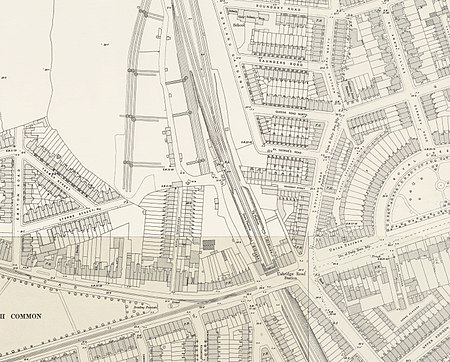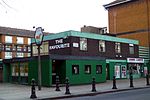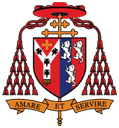Uxbridge Road tube station

Uxbridge Road was a railway station on the West London Railway from 1869 to 1940. It was initially served by London & North Western Railway and the Great Western Railway. In 1905 the station became a branch of the Metropolitan Railway, and later London Underground's Metropolitan line. Uxbridge Road station closed on 21 October 1940 during World War II, when the West London Line was put out of service during the Blitz. The station was located at the eastern end of the Uxbridge Road in Shepherd's Bush, west London, UK, just before the start of Holland Park Avenue, a short distance from Shepherd's Bush station on the Central line. The station entrance was situated on the site of the present-day Holland Park roundabout.
Excerpt from the Wikipedia article Uxbridge Road tube station (License: CC BY-SA 3.0, Authors, Images).Uxbridge Road tube station
West Cross Route, London Notting Hill (Royal Borough of Kensington and Chelsea)
Geographical coordinates (GPS) Address Nearby Places Show on map
Geographical coordinates (GPS)
| Latitude | Longitude |
|---|---|
| N 51.5054 ° | E -0.2169 ° |
Address
West Cross Route
West Cross Route
W11 4TZ London, Notting Hill (Royal Borough of Kensington and Chelsea)
England, United Kingdom
Open on Google Maps










